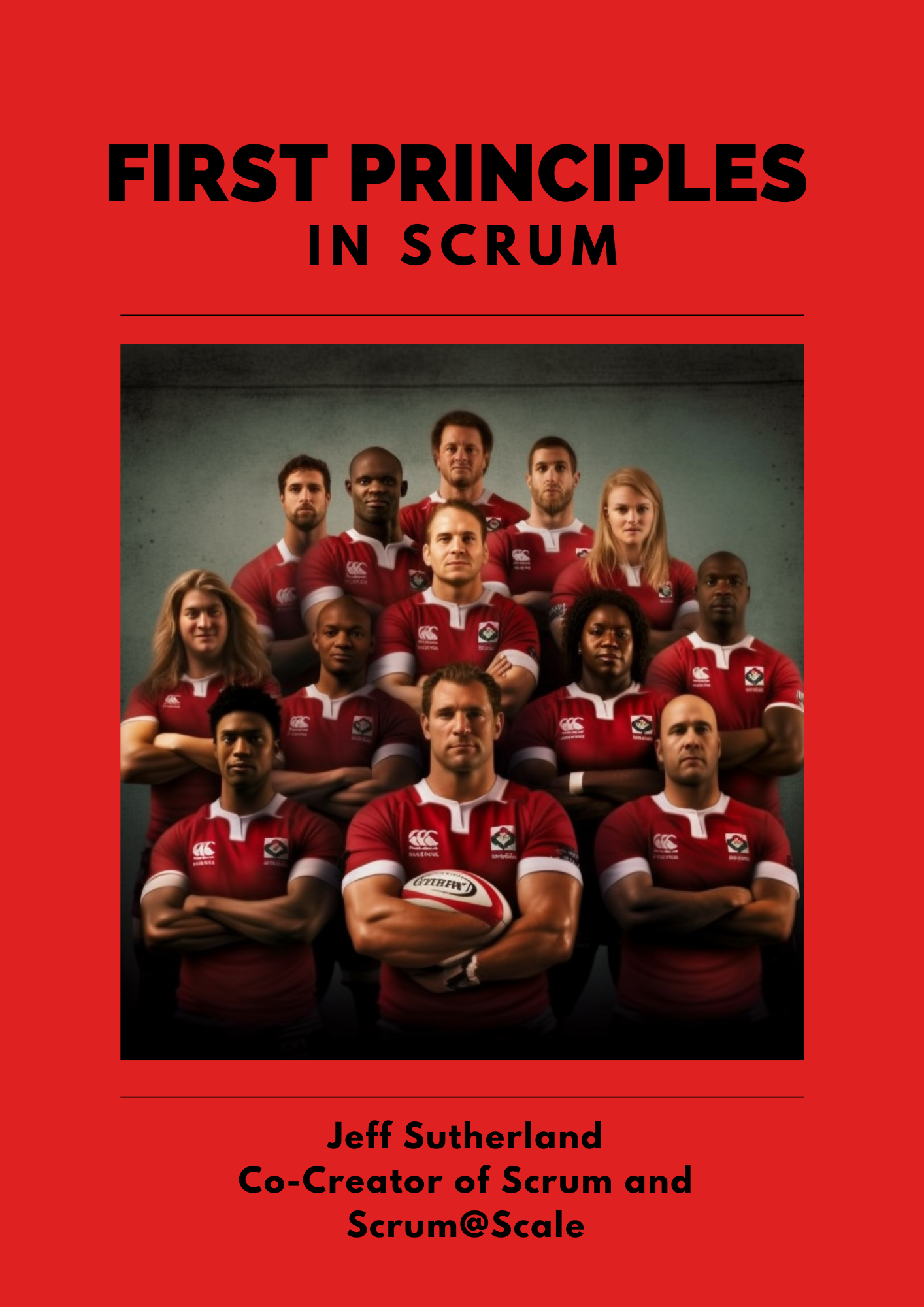GPM Keynote: Unleashing the Power of Scrum@Scale: A Journey of Transformation and Innovation

In the rapidly evolving world of technology and business, the ability to adapt, innovate, and deliver at speed is no longer a luxury but a necessity. This is where Scrum@Scale, a framework for Agile project management, comes into play. It’s not just about software development anymore; Scrum@Scale is revolutionizing industries across the board.
In a fascinating presentation by Jeff Sutherland and Scrum Inc.®, the transformative power of Scrum@Scale is explored in-depth, offering insights into how it can be harnessed to supercharge productivity, quality, and adaptability in any organization.
The presentation kicks off with a compelling argument: Agile transformation requires managers to evolve into leaders. Drawing from a study conducted at the 2011 44th Hawaii International Conference on System Sciences, it’s clear that the biggest challenges of Scrum@Scale for managers are keeping up with the team and learning to “let go” and stop micro-managing. The role of the manager morphs from dictating tasks to communicating goals and visions, a key insight of Takeuchi and Nonaka in their 1986 Harvard Business Review article, The New New Product Development Game..
The presentation then delves into the world of robotics based on Dr. Sutherland’s experience in provided lab space for iRobot when it was a startup. Drawing parallels between the self-organizing principles of the iRobot Genghis, a six-legged insect-like robot, and Scrum@Scale teams. The idea is simple yet powerful: a team can self-organize to achieve a goal faster if it implements some of the basic principles of Professor Rodney Brooks subsumption architecture.
But what does it mean to be an Agile leader? The presentation provides a compelling answer, drawing on the ideas of General Von Clausewitz, Sun Tzu, Miyamoto Musashi, and Colonel John Boyd. It emphasizes the importance of cutting through the “Fog of War”, subduing the enemy without fighting, creating a combination of long and short-range strategies, and using the OODA Loop for rapid iterative response to opposing forces.
The presentation also underscores that the speed of innovation is the primary success factor. It provides examples of companies that have successfully implemented Scrum@Scale, including John Deere, and Rocket Mortgage. The message is clear: innovation without speed will fail, and speed without innovation will also fail.
Finally, the presentation introduces the concept of a Scrum of Scrums, a well-established pattern first implemented at IDX Systems (now GE Healthcare) in 1996. This event is established to resolve emergent dependencies and issues, and to get things to Done. It also discusses the Executive Action Team (EAT) and MetaScrum, key components of Scrum@Scale that enable leadership to make Agile transformations successful.
In conclusion, the presentation emphasizes the transformative power of Scrum@Scale in increasing productivity, quality, and the ability to change direction. It also highlights the evolving role of managers in Scrum@Scale, who need to transition from traditional management roles to becoming leaders.
To delve deeper into these insights, you can access the full presentation here. Embrace the power of Scrum@Scale and embark on a journey of transformation and innovation today!


